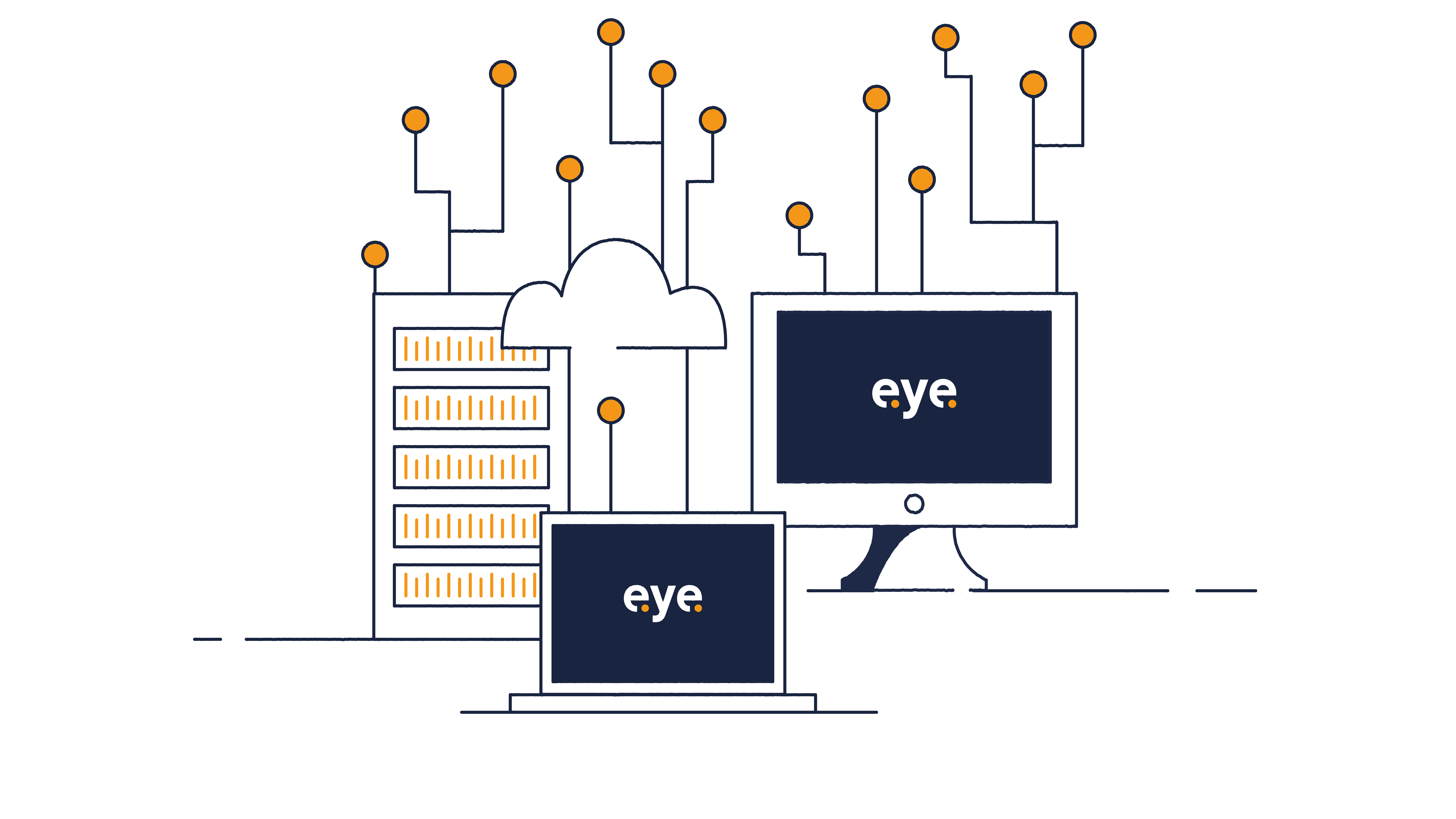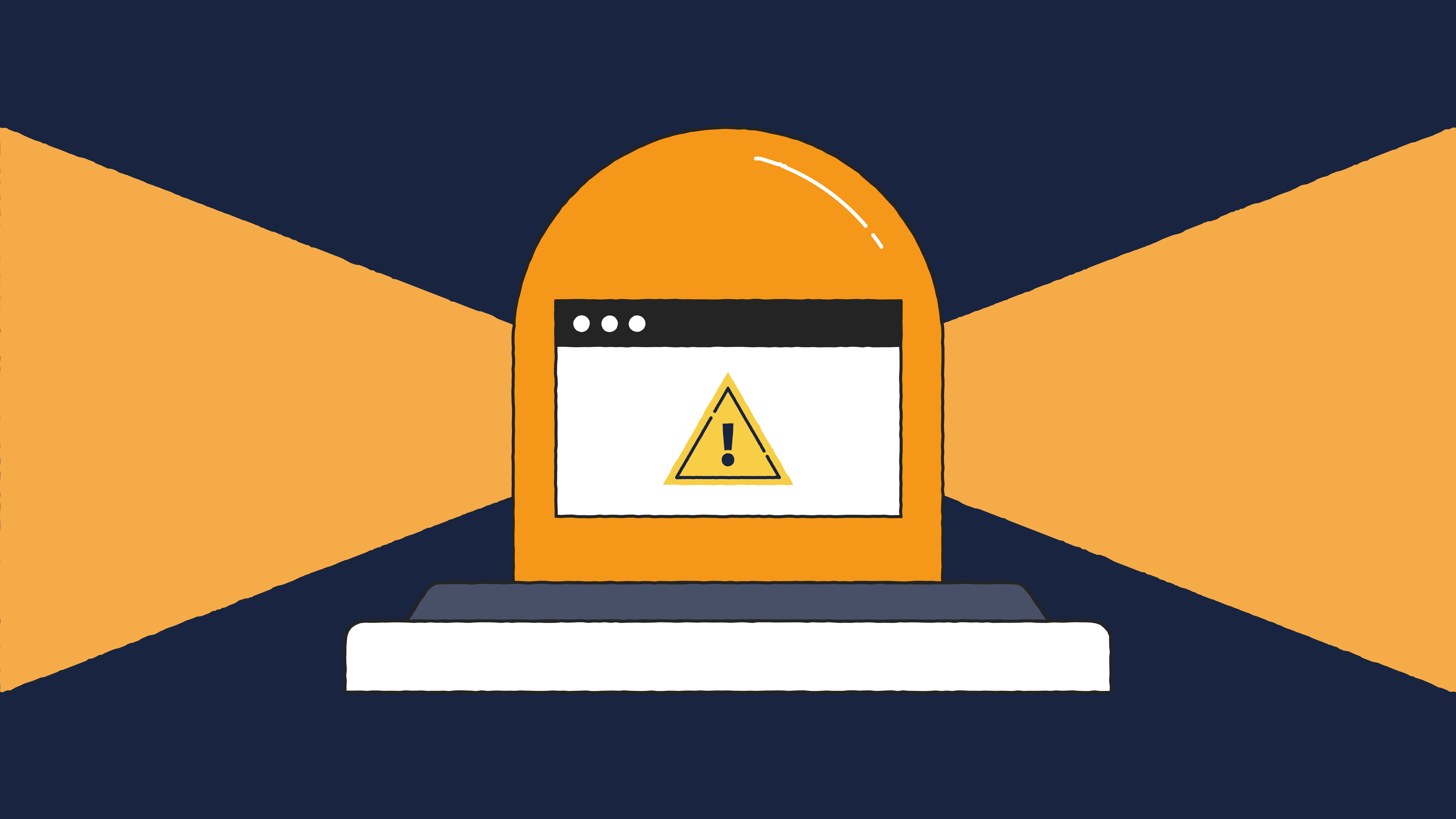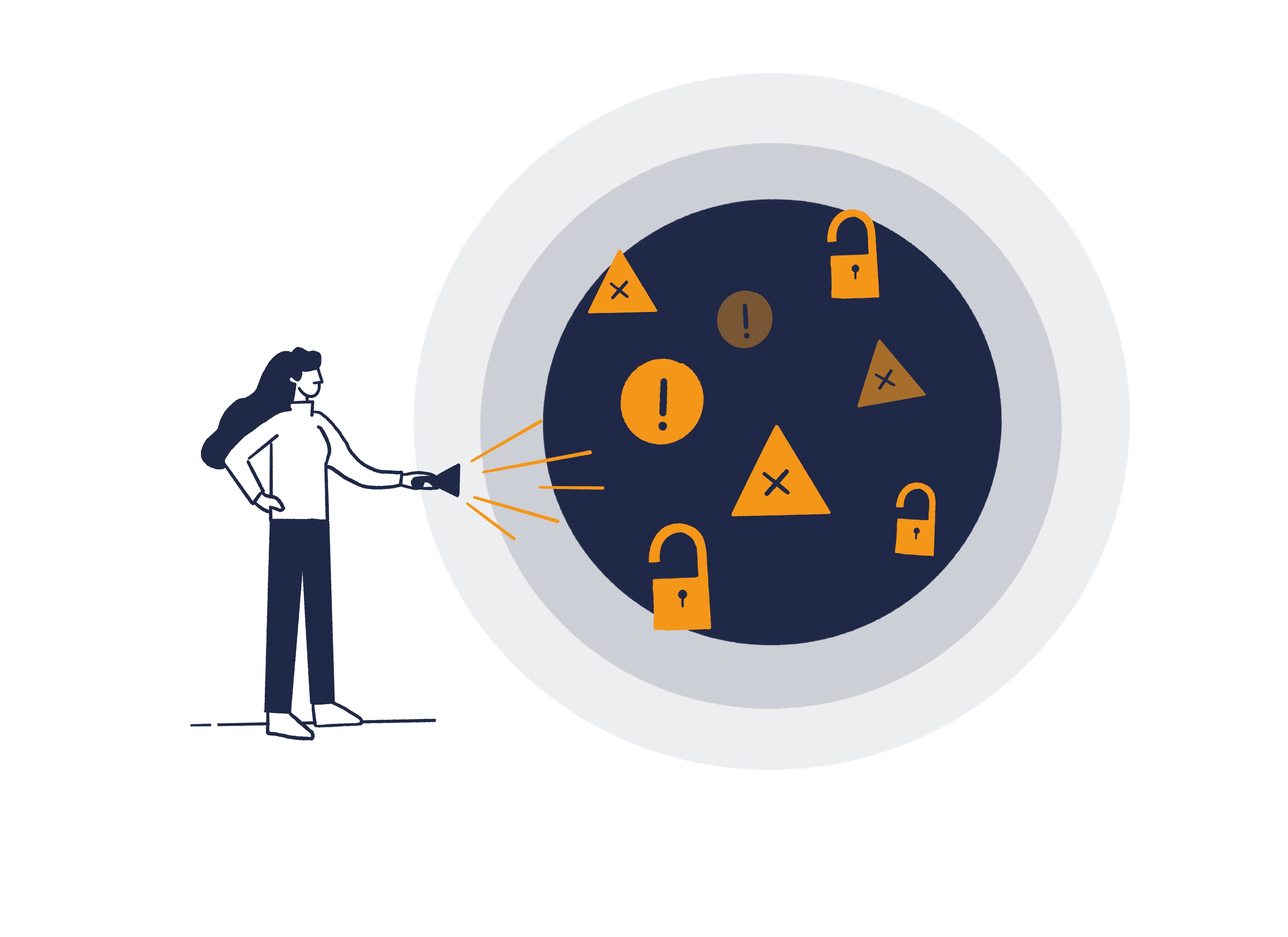Endpoint Detection and Response (EDR) is a security technology that extends traditional endpoint AV or Endpoint Protection Platforms (EPP) and focuses on detecting and responding to suspicious activities or attacks on endpoints, i.e. primarily desktop computers, laptops, and servers. Managed Endpoint Detection and Response services have shown effectiveness against various threats, including ransomware, supply chain attacks, malware, data exfiltration, and Business Email Compromise (BEC).
Key functionalities provided by EDR
In what follows, we sketch out the key capabilities of Endpoint Detection and Response (EDR) solutions:
1. Endpoint visibility and monitoring
By analysing and correlating data across endpoints, EDR can identify unusual or suspicious activities that may indicate a cyber threat.
|
Feature |
Description |
|
Continuous monitoring |
Provides visibility of all behaviours that might be indicative of a threat. |
|
Real-time threat detection |
Enables early detection of attacks that have evaded preventative security measures. |
|
Visibility across the endpoint estate |
Allows correlation of signals from multiple endpoints for greater fidelity to identify attacks. |
2. Enables threat hunting
Unlike the above functionality, which is mainly automated, threat hunting is a human-led activity that is enabled by the deep investigation capabilities of EDR.
|
Feature |
Description |
|
Proactive investigation |
Analysts can search the historic reporting and logging capabilities of EDR to proactively hunt for threats. |
|
Focus on advanced threats |
Threats that evade traditional defences such as fileless malware and those using living off the land tactics. |
|
Hypothesis-driven investigation |
Analysts start with a hypothesis such as a set of events that is indicative of an attack and searches EDR logs for it. |
3. Enables incident investigation and response
EDR provides the detailed forensic information needed to uncover how an attack was executed and how it evaded existing security measures. This helps security teams to respond swiftly and efficiently, ensuring minimal impact on the organisation.
|
Feature |
Description |
|
Forensic Analysis |
Provides detailed investigation of threat activity |
|
Root Cause Identification |
Identifies the origin and method of attack |
|
Remediation Guidance |
Offers steps and best practices to mitigate and recover from breaches |
Role of managed EDR providers
EDR provides powerful capabilities. But to maximise its effectiveness, organisations need SecOps experts. For those without them, managed EDR providers are often the answer.
Managed Endpoint Detection and Response (EDR) is a service offered by security vendors, systems integrators and managed service providers. They remotely manage an organisation’s EDR solution from their Security Operations Centre (SOC), staffed by security operations (SecOps) experts. Their role is to detect and investigate threats and provide actionable remediation steps for the customer. This enables organisations to effectively protect against a range of cyber attacks.
Benefits of managed EDR
Managed EDR enables organisations without the resources, time, skills and tooling to manage their own EDR solution and enhance their security programme by leveraging specialised external expertise. This ensures that threats are not only detected but effectively mitigated, thereby protecting critical assets and data.
Outsourcing security operations can provide numerous benefits for organisations looking to strengthen their cybersecurity strategies. Some of the key advantages of Managed EDR solutions include:
1. Enhanced security monitoring
Managed Endpoint Detection and Response (EDR) solutions provide in-depth visibility into endpoint activities, such as user behaviour, network connections, and file changes. This leads to faster and more accurate detection of anomalous behaviour and potential indicators of compromise (IoCs).
Managed EDR security solutions offer continuous and comprehensive visibility into endpoint activities, enabling security teams to detect incidents that would otherwise go unnoticed. These solutions incorporate advanced threat detection, investigation, and response capabilities, such as incident data search, alert triage, threat hunting, and malicious activity detection and containment.
2. Proactive threat detection
Managed EDR solutions offer cutting-edge technology, expert knowledge, and continuous, proactive monitoring. This helps organisations effectively monitor, detect, investigate, and respond to security incidents affecting their endpoints.
Moreover, EDR providers continuously monitor an organisation's network and systems to detect anomalies, security incidents, and potential breaches in real-time. This proactive approach is crucial for thwarting threats before they can cause significant damage.
3. Expert incident response
One of the substantial benefits of managed EDR services is the delivery of expert incident response. Managed EDR services help prevent team burnout, enable early threat detection, provide experienced incident response teams, and offer full visibility into endpoint activities.
Selecting the right managed EDR provider
Here are key aspects to consider when choosing a managed endpoint detection and response provider:
Evaluating service commitments
This includes understanding their Service Level Agreements (SLAs) which define the level of service expected from the provider.
Key metrics to review include:
- Response Times: How quickly does the provider respond to incidents?
- Uptime Guarantees: What percentage of time is the service guaranteed to be operational?
- Support Availability: Is support available 24/7?
Customisation and remediation services
Consider your unique business requirements, including:
- Customisation Options: Can the solution be tailored to fit specific organisational needs?
- Remediation Support: What level of assistance is provided when a threat is detected? Does the provider only alert you, or do they also take action to rectify the issue.
Assessment of threat detection capabilities
Finally, assessing the threat detection capabilities of a managed EDR provider is essential. The efficacy of an EDR solution is largely based on its ability to detect and respond to threats proactively. Important considerations include:
- Threat Detection Techniques: Does the provider use advanced methods such as machine learning and behavioural analysis?
- False Positive Rate: What is the rate of false positives, and how efficiently are they managed?
Conclusion and outlook
Managed Endpoint Detection and Response (EDR) solutions represent a critical component of a comprehensive cybersecurity strategy. By leveraging advanced technology and expert-led services, organisations can ensure continuous monitoring and proactive threat detection, significantly enhancing their security posture.
Managed EDR providers offer a robust framework for detecting, investigating, and responding to sophisticated cyber threats, thereby minimising the risk of data breaches and other security incidents. The integration of these solutions into an organisation's cybersecurity strategy allows for improved incident response times and more effective threat mitigation, safeguarding critical assets and data.
As cyber threats continue to evolve, the need for specialised, managed security services becomes increasingly important. By outsourcing their EDR needs to seasoned providers, organisations can capitalise on external expertise and cutting-edge technology without overburdening their internal teams. This approach not only provides peace of mind but also ensures that businesses can focus on their core operations while maintaining a strong security posture.
Managed EDR solutions thus play a pivotal role in modern cybersecurity, helping organisations navigate the complex threat landscape with confidence and efficiency.



